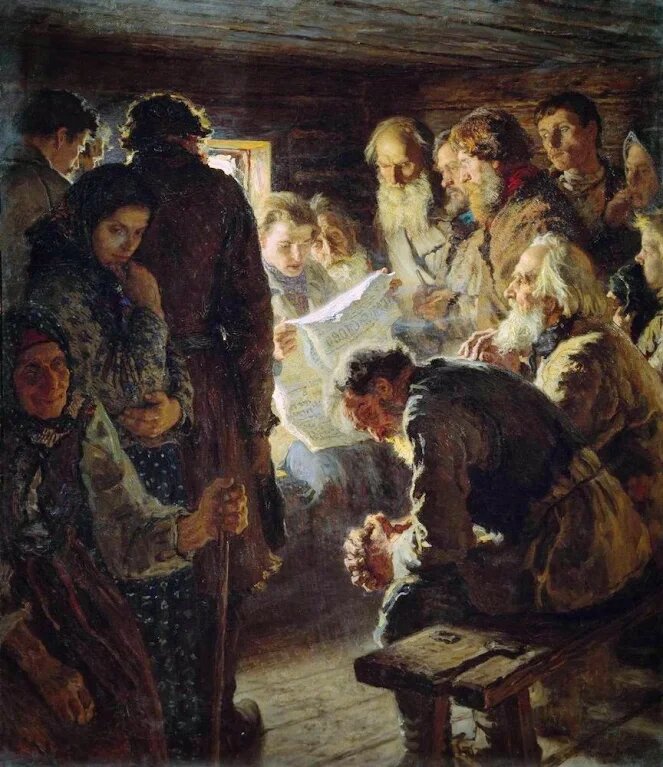To successfully learn using open Internet resources, students must be able to critically search, evaluate and select online information, and verify sources. Defined as critical online reasoning (COR), this construct is operationalized on two levels in our study: (1) the student level using the newly developed Critical Online Reasoning Assessment (CORA), and (2) the online information processing level using event log data, including gaze durations and fixations. The written responses of 32 students for one CORA task were scored by three independent raters. The resulting score was operationalized as “task performance,” whereas the gaze fixations and durations were defined as indicators of “process performance.” Following a person-oriented approach, we conducted a process mining (PM) analysis, as well as a latent class analysis (LCA) to test whether—following the dual-process theory—the undergraduates could be distinguished into two groups based on both their process and task performance. Using PM, the process performance of all 32 students was visualized and compared, indicating two distinct response process patterns. One group of students (11), defined as “strategic information processers,” processed online information more comprehensively, as well as more efficiently, which was also reflected in their higher task scores. In contrast, the distributions of the process performance variables for the other group (21), defined as “avoidance information processers,” indicated a poorer process performance, which was also reflected in their lower task scores. In the LCA, where two student groups were empirically distinguished by combining the process performance indicators and the task score as a joint discriminant criterion, we confirmed these two COR profiles, which were reflected in high vs. low process and task performances. The estimated parameters indicated that high-performing students were significantly more efficient at conducting strategic information processing, as reflected in their higher process performance. These findings are so far based on quantitative analyses using event log data. To enable a more differentiated analysis of students’ visual attention dynamics, more in-depth qualitative research of the identified student profiles in terms of COR will be required.
Giorgio Bertini
Research Professor on society, culture, art, cognition, critical thinking, intelligence, creativity, neuroscience, autopoiesis, self-organization, complexity, systems, networks, rhizomes, leadership, sustainability, thinkers, futures ++


Networks

Learning Change Project

Categories


780 Posts in this Blog

- Follow Learning Technologies on WordPress.com

Nikolai Bogdanov Belsky

